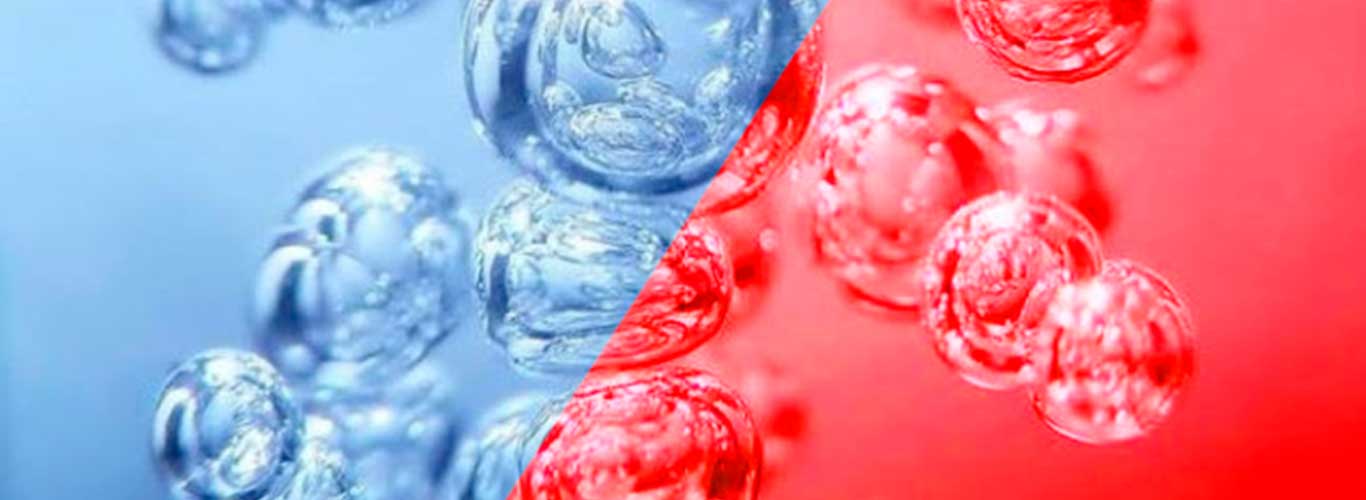
Abstract
Objective
To test the feasibility and effectiveness of implementing the HemoClear microfiltration cell-salvage system for cesarean sections in South Africa.
Methods
We conducted a prospective experimental single-arm feasibility study collecting and processing blood from 20 adult women undergoing cesarean section in Pelonomi Tertiary Hospital, Bloemfontein. Samples obtained from the blood salvaged during the cesarean section before (baseline) and after (concentrate and filtrate) the cell-salvage procedure were tested for cellular, protein, electrolyte, and metabolic parameters, as well as blood coagulation and bacterial or amniotic fluid contamination.
Results
Median erythrocyte recovery using the HemoClear device was 75.5% (interquartile range [IQR], 63.8%–94.3%). An average volume of 826 ± 146 mL was processed in 15.3 ± 6.3 min, resulting in 266 ± 116 mL of cell concentrate. The filtration procedure washed away >75% of the α-fetoprotein content in the concentrate, resulting in a median recovery of 24.0% (IQR, 21.4%–35.9%). Bacterial contamination was mostly consistent between baseline and concentrate for each patient and resulted mainly from normal skin flora. In six patients, nonskin species were detected.
Conclusion
This study shows the HemoClear system’s adaptability to resource-constrained environments, which opens the door for broader adoption of its use in similar resource-constrained settings. The HemoClear cell-salvage device is safe and efficient for intraoperative use in obstetric hemorrhage cases and can play an essential role in patient blood management.
